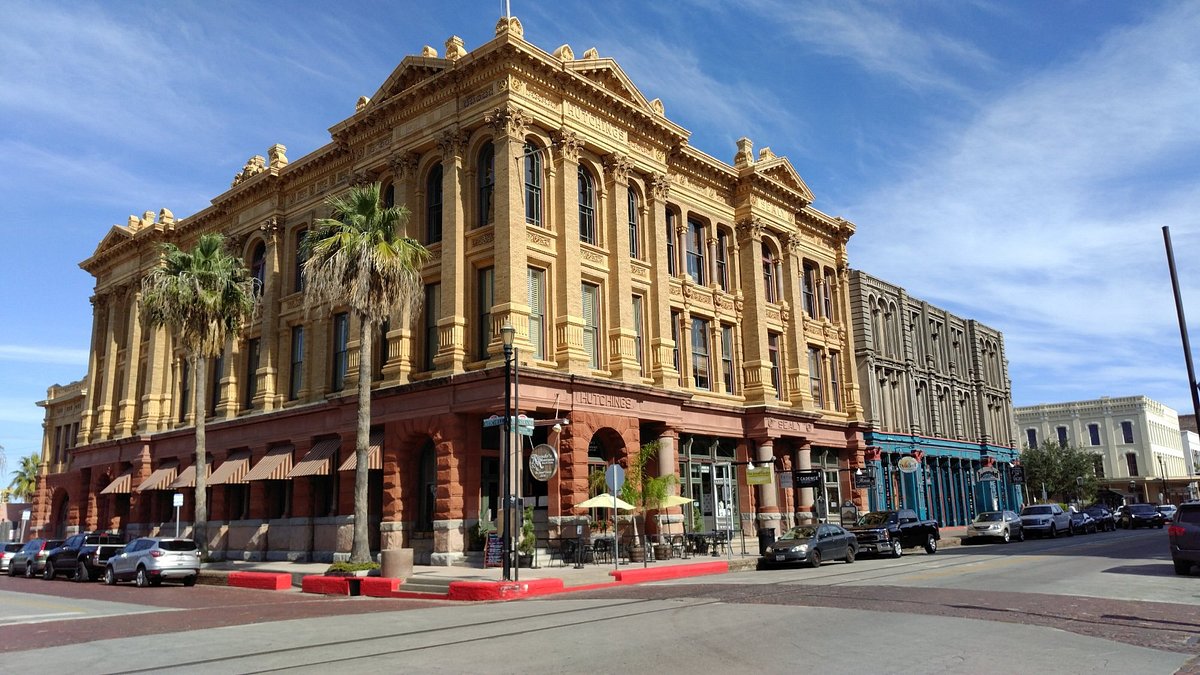
THE STRAND
Galveston’s historic Strand began as just one humble street, formerly known as Avenue B according the city’s original 1830’s plat. The name change, a switch from the mundane to the fanciful, occurred when local German jeweler Michael William Shaw adopted “Strand” as his Avenue B address, hoping to imbue his location with a little more prestige. “Strand” means beach in German (an appropriate substitute for an avenue that parallels Galveston Bay) and was a popular term in Victorian England for suggesting a more “top drawer” location. Today, however, the Strand stands for a lot more than just old Avenue B. The Strand National Historic District encompasses a five-block area of downtown Galveston. Iron-fronted brick buildings, more resistant to fire than the community’s earliest lumber structures, line the main avenue and Victorian homes and commercial buildings (at least those that survived the devastating hurricane of 1900) comprise the surrounding blocks. Today, visitors enjoy shopping, eating, touring museums and art galleries, and night clubbing up and down the Strand and throughout its neighborhood. Annual festivals include Galveston’s own Mardi Gras and “Dickens on the Strand”, a popular Christmas event with volunteers in period dress walking the Strand and celebrating its Victorian heritage.
